


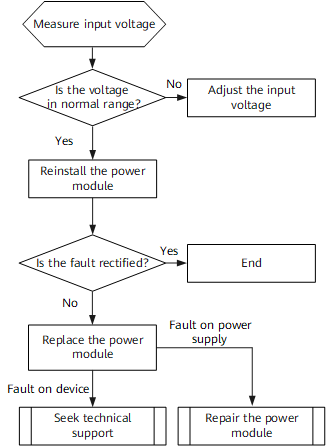

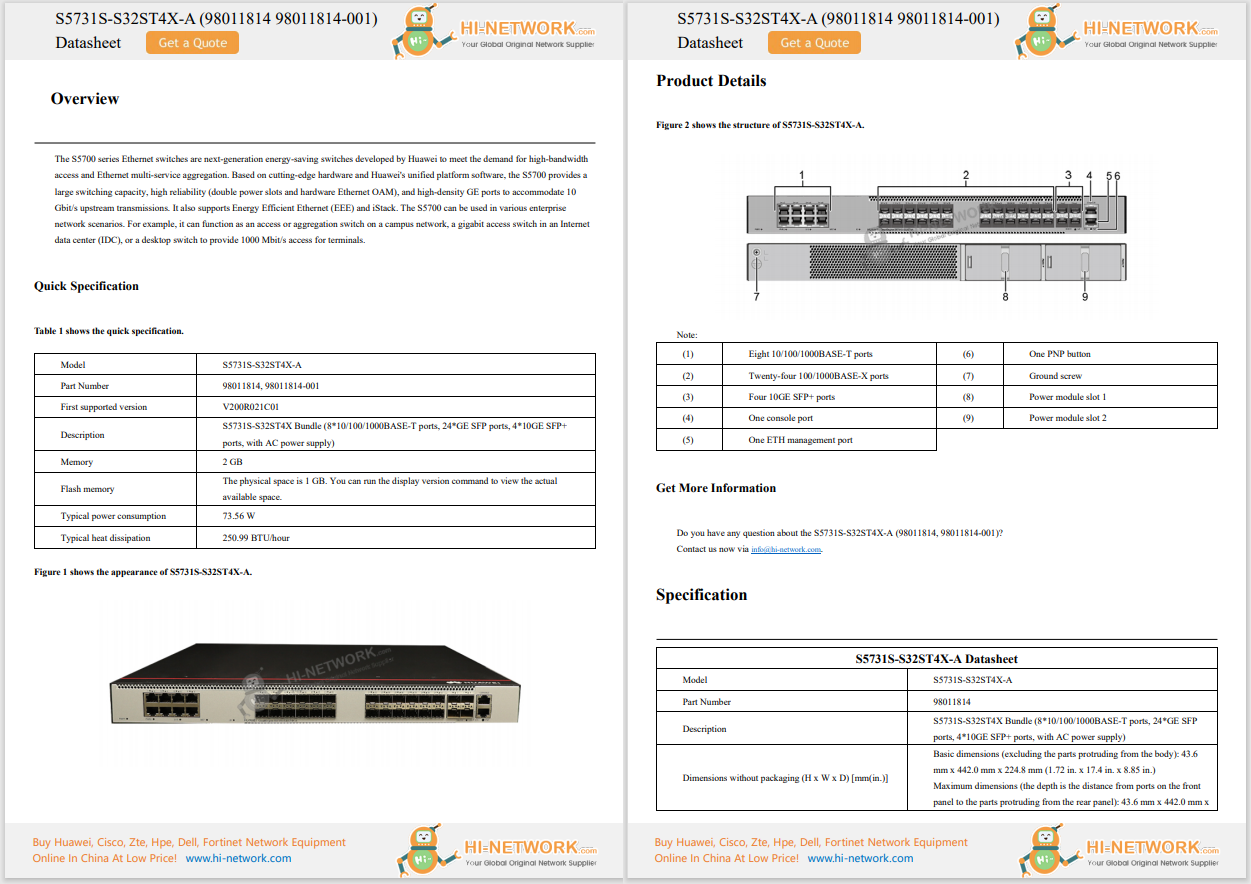


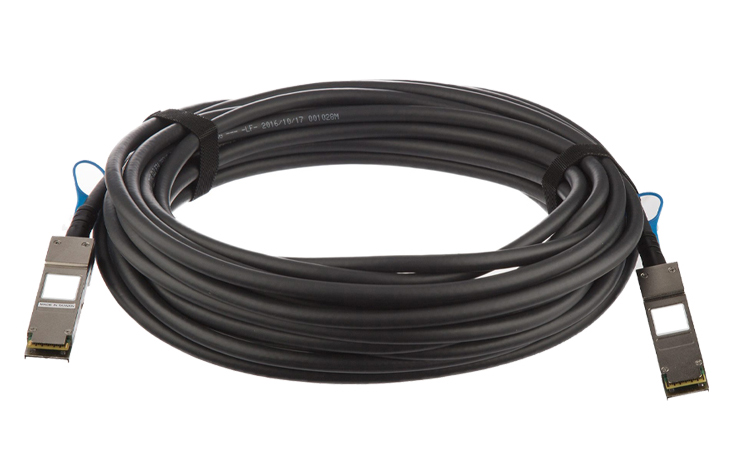




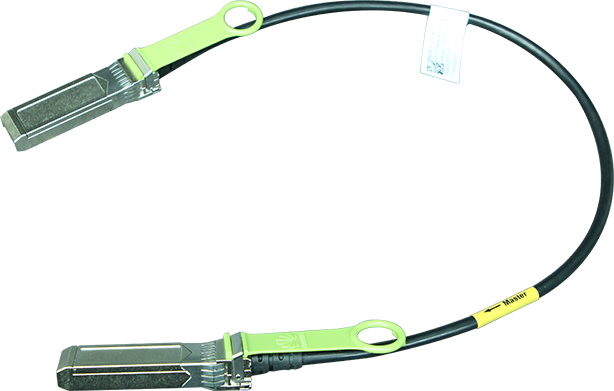
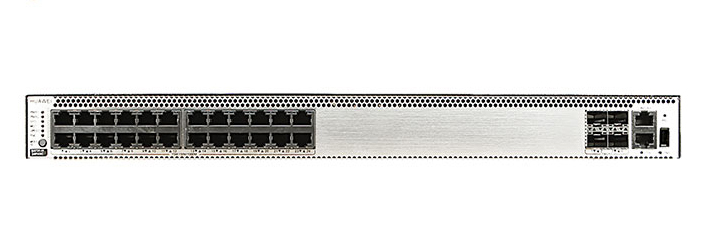



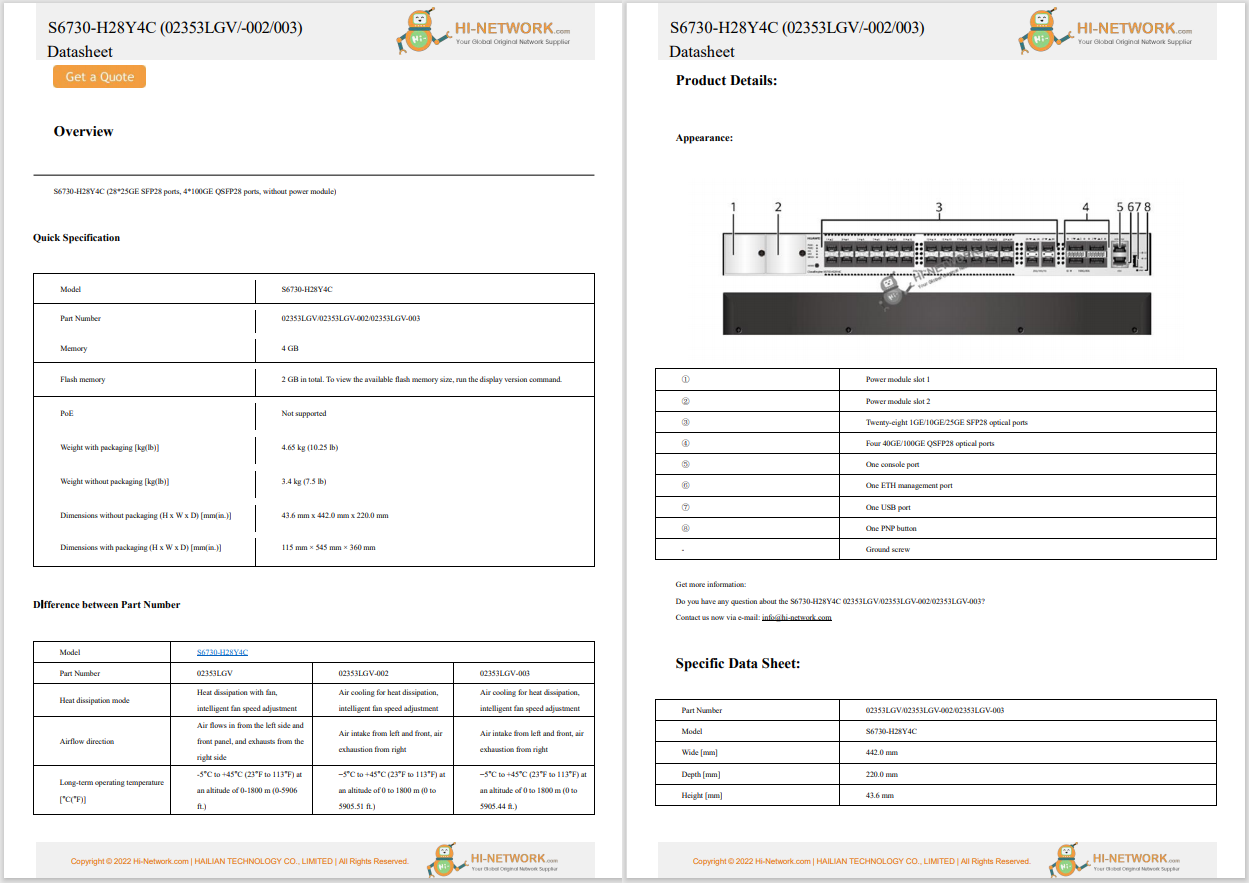

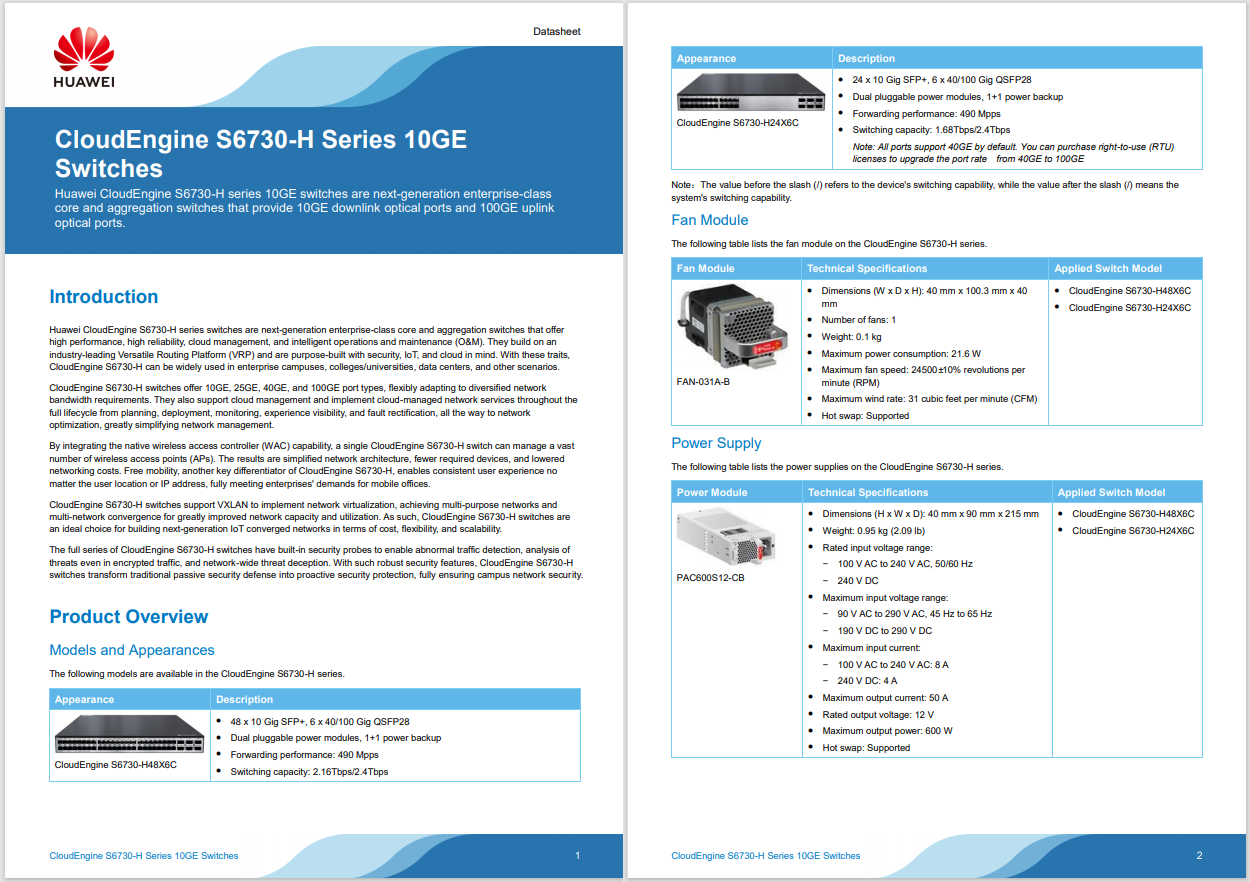
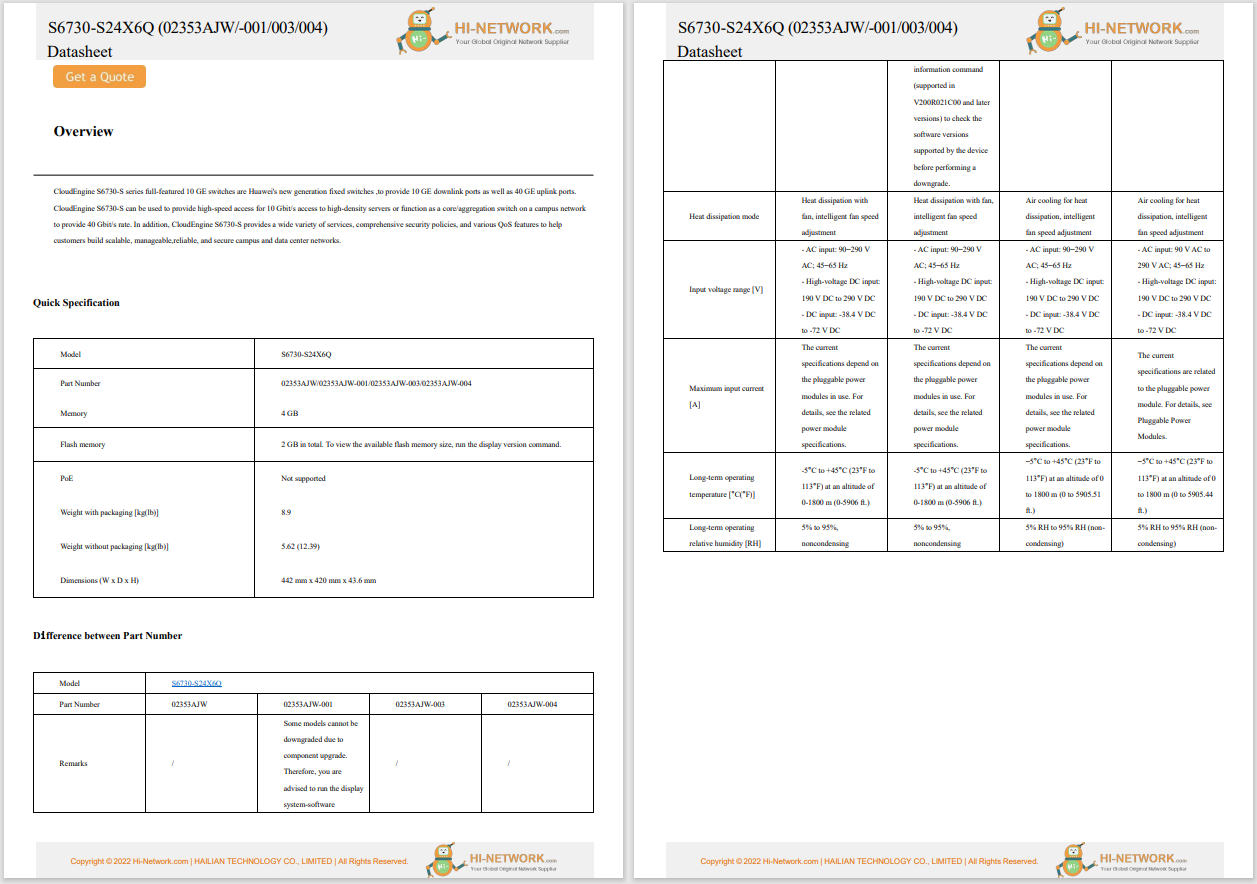

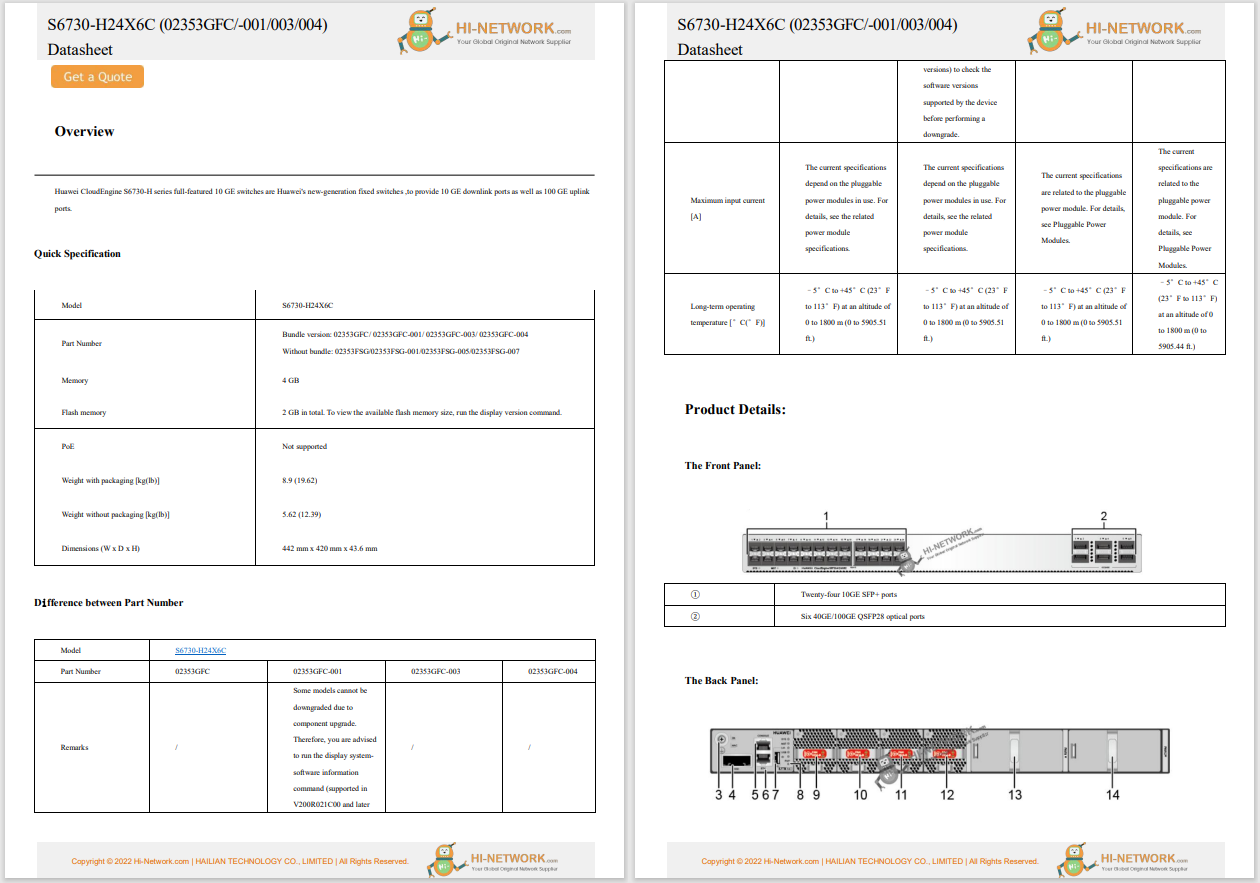
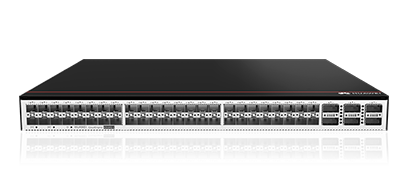
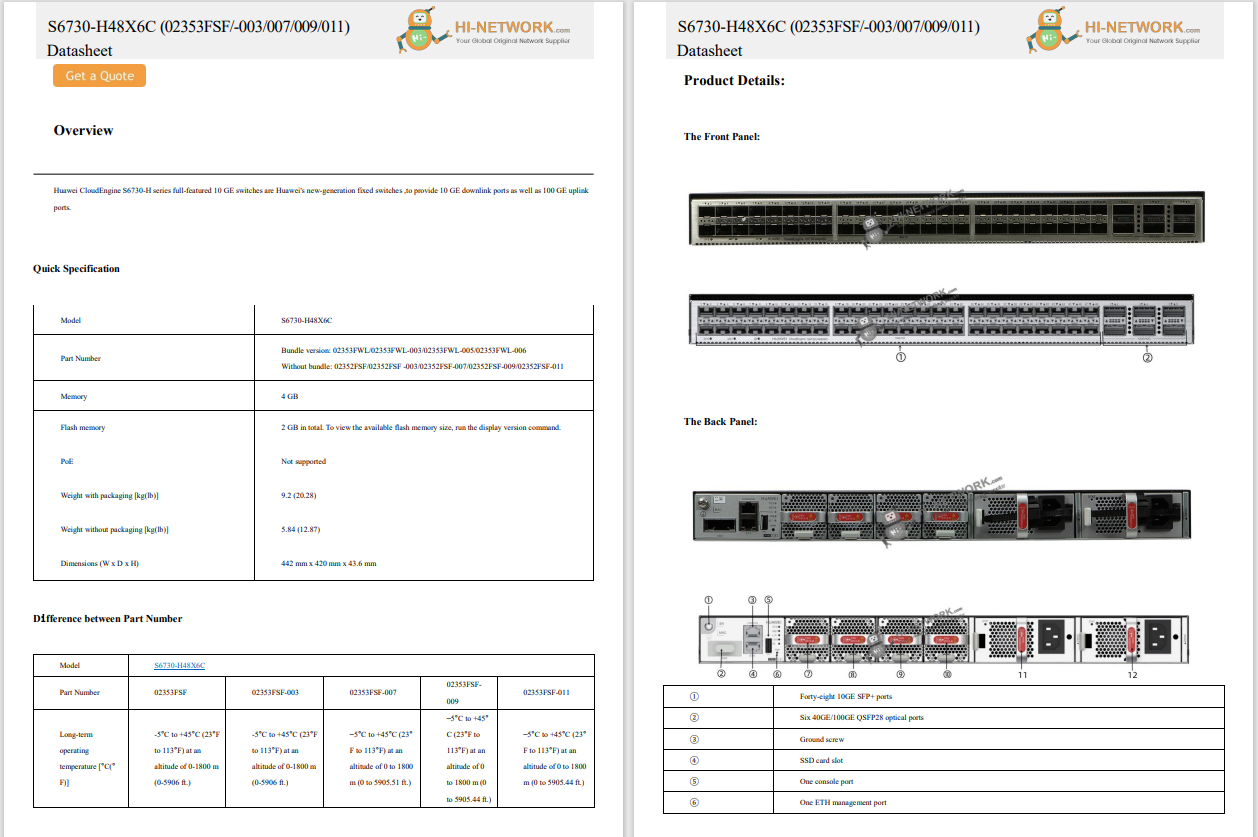
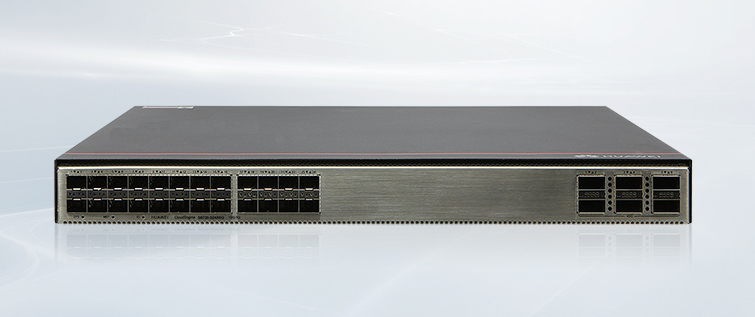



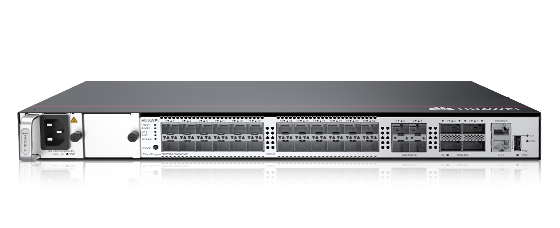


Our businesses are undergoing an AI transformation. Increasing numbers of professionals use generative AI and machine learning to complete mundane tasks and spend more time on the activities that matter most.
Also: AI transformation is a double-edged sword. Here's how to avoid the risks
Business and digital leaders are charged with turning these initial forays with emerging technology into a long-term competitive advantage. Here are three ways to ensure AI changes your organization for the better.
Dave Moyes, partner for information and digital systems at architect SimpsonHaugh, said his firm uses AI in three key areas: word AI, image AI, and generative AI (Gen AI).
Word AI is a productivity boon. The practice is introducing automation to help staff reduce the hours spent on time-intensive tasks such as preparing emails, creating meeting minutes, and developing site reports.
The practice uses Gen AI for parametric design, where building elements and engineering components are shaped using algorithmic processes rather than direct, manual manipulation.
Also: How Gen AI means better customer experiences - see one bank's approach
Moyes told that this branch of AI is well-established in architecture. His firm hones its approach using tools like Autodesk Forma and the Grasshopper visual programming interface in Rhino.
"Something as simple as the orientation of a building can make a massive difference, particularly when dealing with tall towers," he said.
"Being able to rotate the building by 10 degrees to see the effect of the wind is quick with AI. Previously, that process would have required a specialist and taken many hours."
Moyes said the good news is that the automation enabled by Gen AI means staff spend less time on paperwork and more time on value-adding activities.
"Architects can focus on design because the technology removes many of the questions around compliance."
Also: Your AI transformation depends on these 5 business tactics
Finally, the practice uses image AI -- and the specialist tool, ComfyUI -- to help professionals generate early-stage design proposals based on sketches and prompts.
"Early-stage architecture is a sales pitch around the vision for the scheme, the context within the city, the benefits to the environment, and the benefits to the clients. Image generation allows us to enhance the sales pitch," he said.
"Our staff might say, 'Give me an image of somebody sitting in a bedroom overlooking the beach.' Generating that image within a large language model is easy."
However, Moyes cautioned other business leaders to ensure highly skilled humans stay in the loop.
"For example, the tools may not understand what a dual-aspect apartment is," he said. "So, there's still a level of input required from the architect to say, 'Actually, the scheme this AI tool has created is not right.' The technology still needs somebody to validate the data."
Carrie Jordan, Microsoft's global director of program execution, said the tech giant is using AI to help proposal professionals close deals effectively.
Microsoft uses Responsive's Strategic Response Management platform and AI to develop a pioneering approach that boosts sales staff productivity.
Jordan told that writing proposals is a time-intensive task that takes sellers away from the face-to-face and problem-solving conversations that drive customer orders.
"One of the sellers' biggest pain points is proposals," she said. "At Microsoft, the sellers have a lot on their plates. They have many resources and accounts, and answering a 600-question RFP is a pain point."
Also: Why the 'Bring Your Own AI' trend could mean big trouble for business leaders
As a first step, Jordan said her company used Responsive to create a repository of 20,000 pieces of proposal content.
While this content provided approved corporate answers to sales queries, Jordan said searching for the right answers was still time-consuming, especially when some RFPs have 600-plus questions with deep technical requirements.
Jordan worked with Responsive to see how AI could help create a first draft automatically from the content repository Microsoft had already built.
Before AI, Microsoft's proposal professionals spent about 20 minutes per question searching the library, finding the right answer, and using it for work-related activities.
Also: We're losing the battle against complexity, and AI may or may not help
With the AI-enabled system, the proposal creation process can take five minutes or less, even including the time to ensure the output is correct. Jordan said that the final validation stage is crucial to success.
"What we don't want is for there to be an overreliance on AI in any use case, but particularly in proposals, as we are signing up the business to do certain things for our customers," she said.
"To solve that challenge, we're putting all sorts of reminders everywhere that the AI creates a first draft and the professional's role is to validate, review, and edit the content for accuracy."
Jordan said the company also includes disclaimers that explain to customers how AI might have been used in the proposal process.
"We've done our best to ensure accuracy and response quality," she said. "But this is a challenge all use cases of AI will come across because automation involves a modification to human behavior."
Raymond Boyle, vice president of data and analytics at Hyatt Hotels, said he uses innovation to create better experiences for customers and colleagues.
"Data and AI are very powerful enablers of those outcomes," he said. "I think the relationship between what people and machines do -- and getting the balance right, caring for our people and guests, and designing the organization to move with fluidity and speed -- opens up when you think about the potential benefits of emerging technology."
Boyle told Hyatt uses the Snowflake AI Data Cloud for Travel and Hospitality. This unified data platform helps his company consolidate enterprise data into a single location for innovative projects.
Also: I put GitHub Copilot's AI to the test - its mixed success at coding baffled me
One of the company's priorities is ensuring AI and data are used to improve the search experience and recommendations that people receive.
"Personalization is all about how our guests and customers interact with us. So, that process starts when you're dreaming about your vacation, searching for properties, and receiving recommendations about where you might be interested in going," said Boyle.
"It then moves onto ancillary areas. Maybe you want to participate in different experiences, such as a spa day, playing golf, or having dinner on the beach. All those areas are great opportunities for machine learning and personalization systems."
In addition to personalization, Boyle said Hyatt is rolling out modern pricing-optimization capabilities globally.
"We want to modernize and level up our ability to boost revenues. We're thinking about how we can help our owners and operators achieve higher levels of profit within the system."
Also: I tested DeepSeek's R1 and V3 coding skills - and we're not all doomed (yet)
Boyle's team is also exploring the potential for using Gen AI capabilities within analytics.
"We're thinking about how self-service analytics can help people have the information they need to make smarter decisions across the enterprise," he said.
"In those areas, we're leveraging the ability to do natural language search to see insights from the data and to understand what drives change."
Boyle said any implementation of emerging technology must help the business boost customer and colleague experiences.
"The application of the technology differs depending on whether it's a sales, marketing, finance, or governance use case," he said.
"But the right use case for AI and data allows us to be cleaner, quicker, faster, and more secure as we pursue Hyatt's objectives."
 Tags chauds:
Innovation et Innovation
Tags chauds:
Innovation et Innovation